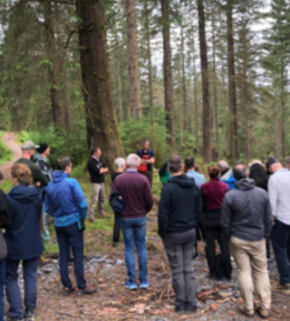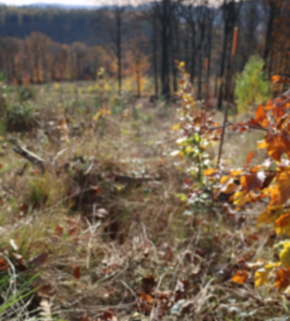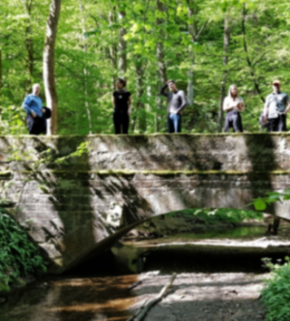
3. Stakeholder Engagement for Long-term Sustainability

In engagement processes, diverse stakeholders bring in additional and often new ideas. Both stakeholder knowledge and partnerships can strengthen restoration efforts. Input from stakeholders involved the restoration plans and guidelines is key for ensuring relevance and uptake of restoration activities. At the same time, the diversity of stakeholders across sectors and political levels with diverse interests and values can potentially lead to conflict. Examples are balancing timber production and biodiversity, changes to recreation and forest aesthetics, and competition with other land-use types. It is important that conflicts are openly discussed and constructively addressed. Dedicated conflict resolution workshops, including in informal settings, can help you to bring stakeholders together to develop solutions and discuss a joint way forward.
It is vital that you recognise and acknowledge the interests of different stakeholders and creating a safe space for open discussion is vital. This requires an appreciation of other motivations such as values, sense of place, and tradition. Understanding local and historical contexts and prevailing challenges is key. When engaging with forestry practicioners and owners, for instance, it is essential to acknowledge the heritage of land stewardship, openly address past grievances (e.g. past conflicts over land rights, environmental damage, or exclusion of certain groups from decision-making processes), and, where possible, embed solutions into existing practices.
Furthermore, we suggest you explore and gain a deeper understanding of how an unusual or unexpected mix of stakeholders may connect and interact, both online and in real-world settings. Understanding stakeholder engagement and understanding communication – also in underexplored spaces, such as social media – is therefore beneficial for policymakers at all levels. This includes recognising the roles and patterns of misinformation and disinformation.
Trust is a fundamental pillar of effective participatory processes and engagement at all levels. It is built on open dialogue with stakeholders and communities to foster relationships, increase credibility, and support impactful involvement. Maintaining this trust through continuous and iterative engagement is essential to ensuring long-term success of restoration activities. Stakeholders must eventually feel a sense of ownership over the process and outcome. A deliberative process, undertaken for example through group workshops with expert facilitation at local and national levels, can capture stakeholders’ perceptions, knowledge and visions for the future. This way we aim at ensuring restoration plans reflect the values, expertise and priorities of all involved. To support this, transparency is key, ensuring participants fully understand what to expect and how their input is treated at every stage of the process.
Finally, please remember that the key to stakeholder engagement is less to reach consensus than to ensure that all views, including those of the general public, are heard and considered. Otherwise, deep-rooted biases and power relations may hinder progress. Insights gained through the deliberative process should be integrated with scientific evidence to inform the restoration measures.
3.1 Stakeholder mapping, online debate mapping, perception
Understanding how people value forests, view restoration, and prefer to engage is essential for designing restoration actions that are socially acceptable and effective.
3.2 European forest policy stakeholder landscape
Forest policy in Europe involves a wide and complex network of stakeholders, from landowners and industries to NGOs and EU institutions. Effective policymaking requires mapping these actors by geography and theme to ensure inclusive and balanced engagement.
3.3 Landowners and managers
Landowners and land managers are at the heart of successful forest restoration. Understanding their work, what motivates them, and how best to engage them is essential for designing effective and practical restoration policies.
3.4 EU citizens’ views on restoration
Public support for forest restoration in Europe is generally high, but perceptions vary across regions, with citizens most engaged when strategies reflect local priorities and challenges. Effective policies must therefore combine technical planning with clear communication and regional relevance.
3.5 Stakeholder engagement & co-design
Engagement is distinct from communication: it requires open dialogue and active participation from groups ranging from local residents to national decision-makers. This approach ensures that diverse knowledge, values, and expectations are reflected in restoration planning and implementation.









